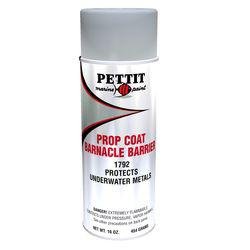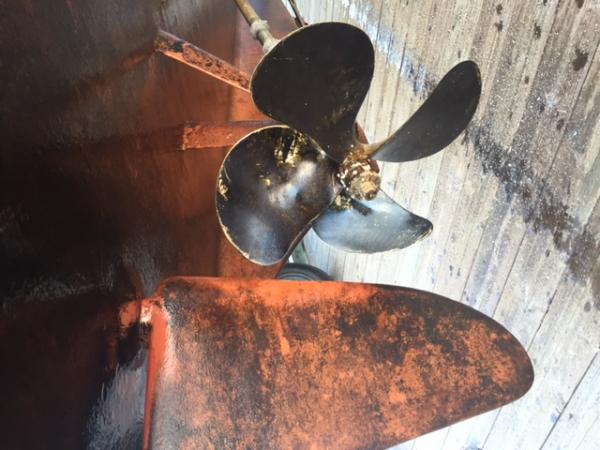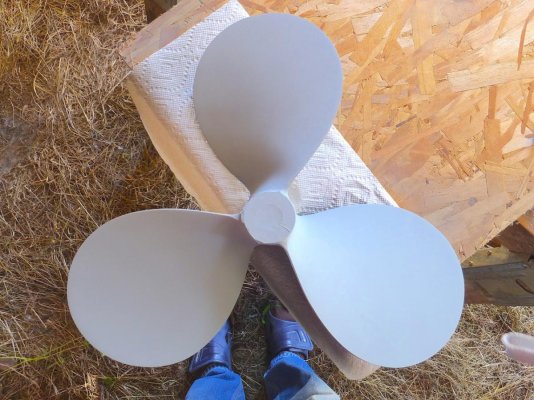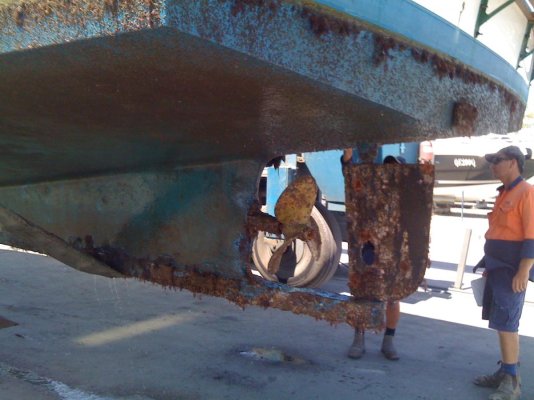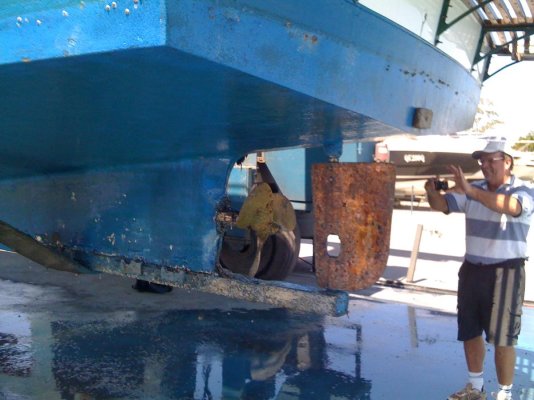nemier
Senior Member
Jumped in the water a couple of days ago, to use a new WaveBlade tool we bought, and holeycow, we actually burned a full gallon-per-hour LESS on the way back to dock. I had hoped to achieve some positive results, but this was an unexpected bonus. Happy camper here 


The prop was covered in a hard growth, perhaps only 2 mm thick. I removed the growth so that the prop was smooth by touch, although the barnacle 'footprint' was still evident. Previously, I'd spend a couple of hours scraper and wire-brush. I have no idea how robust the tool is / how long it will last, but at first use, I'm pleased.



The prop was covered in a hard growth, perhaps only 2 mm thick. I removed the growth so that the prop was smooth by touch, although the barnacle 'footprint' was still evident. Previously, I'd spend a couple of hours scraper and wire-brush. I have no idea how robust the tool is / how long it will last, but at first use, I'm pleased.


